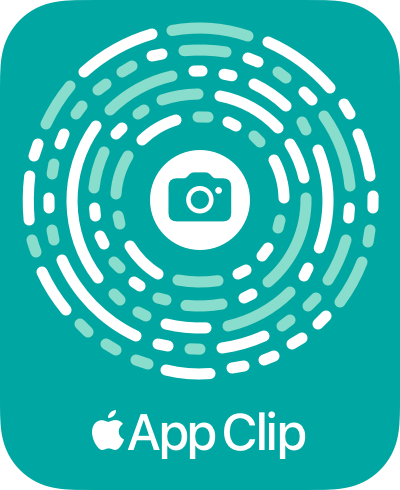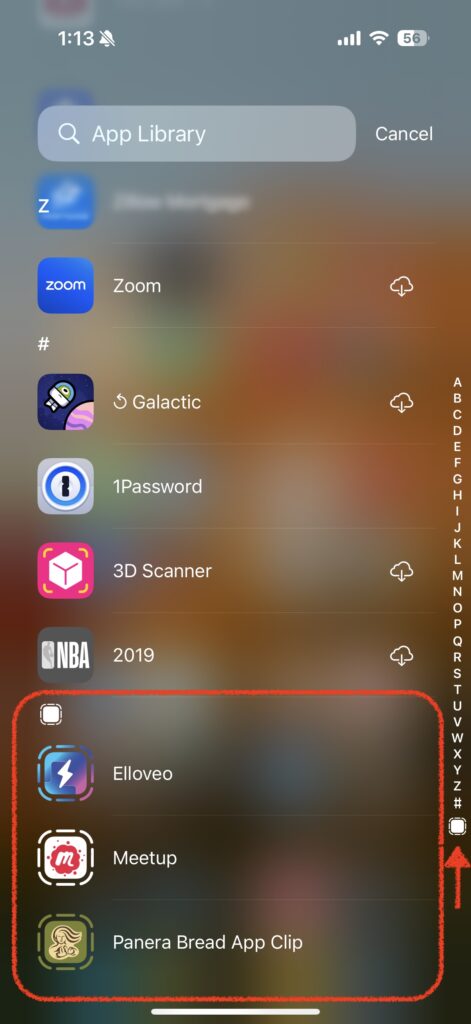Android Instant Apps are Dead, iOS App Clips Should Follow

Google recently told developers that Android Instant Apps will be removed at the end of the year due to their low adoption. iOS App Clips, which provide similar functionality, should meet a similar fate.
You may be asking what are Instant Apps and App Clips? You’d be forgiven for not knowing. They never took off the way that Google and Apple hoped they would.
The general idea was that app developers could create thin slices of native apps that would download quickly and allow someone to get a partial app experience without going through the onerous app install process.
If you’re wondering why someone would want to download slices of an app instead of just using a website, you’ve likely discovered why these two features haven’t taken off.
An inauspicious start for Android Instant Apps
When Android Instant Apps were announced at Google I/O 2016, the scuttlebutt was that they were vaporware. It was rumored that Google’s own security professionals had threatened to quit if Instant Apps shipped as is. I was told that the announcement wasn’t supposed to happen at I/O, but someone had gone rogue and revealed them on stage.
Opening up apps to run instantly, without a user making a conscious decision to install them, opened up significant risk vectors. It has taken browsers years to build the security models necessary to run untrusted code from anywhere in the world.
Given the rumors of major issues with Instant Apps, it wasn’t a big surprise when it took nearly a year before they shipped.
Apple introduces iOS App Clips
Three years after Instant Apps were released, Apple announced iOS App Clips at its Worldwide Developer Conference 2020. I’d like to think Apple spent that time learning from Instant Apps and ensuring that App Clips were secure, but there is no way to know for sure.
Compared to Instant Apps, iOS App Clips included a few new features like integration with Maps, Messages, and App Clip Codes. App Clip Codes look similar to QR Codes, but support optional NFC integration and require cryptographic signing to ensure that only the official developer can point an App Clip Code to their app.

When App Clips were announced, developers and the press were bullish on their future. Wired’s coverage said:
If Apple had introduced App Clips last year, they may have gone the way of the QR code or Instant Apps. Now? They could replace half the apps on your phone.
Spoiler alert: they didn’t.
Lack of App Clip Usage
While we don’t have any official data, the usage story for iOS App Clips seems similar to that of Android Instant Apps. In an interview with Apfelfunk in 2022, Apple’s Wiley Hodges blamed the lack of adoption on COVID-19:
We had a huge amount of interest in App Clips early on, and a lot of those developers came back and said you know, we’re waiting a little while because it turns out everybody is inside right now. What we’re seeing now is, of course, renewed interest and energy around them, and we’re excited to see some of the things that are on the road ahead for App Clips.
Despite Hodges’ optimism, App Clips haven’t seen a surge in usage in the three years since the interview. I took an unscientific survey of my friends and followers on social media to see how many of them had App Clips installed. Only three people responded affirmatively.

The Baffling UX of App Clips
I encountered my first App Clip a couple months ago and found the experience utterly confusing. I recorded a quick Loom video documenting my experience.
Low usage, low value, time to EOL
I’m sure there are companies that do a better job using App Clips than Meetup does, but there don’t appear to be many of them. App Clips, like Instant Apps before them, remain low usage relative to the rest of the the mobile ecosystem.
And it makes sense. The whole idea of App Clips and Instant Apps is to provide a quick, frictionless way for users to interact and accomplish a task without downloading a full app. They were a shot across the bow for the web, and an attempt to get users into the proprietary app ecosystem even earlier.
But the web is already great at providing lightweight experiences that work cross-device in a safe manner. Well-built websites are a fraction of the size of app slices which can be up to 15MB. Why spend the extra time creating separate app slices for Android and iOS when you could do the same thing on the web and support people no matter what device they’re using?
It’s been nine years since Android Instant Apps were announced and five years since iOS App Clips were released. Neither has gained significant traction.
People used to tell web developers to stop trying to make the web into native apps. The shoe is on the other foot this time. Apple should follow Google’s lead and put an end to App Clips. The web has this use case covered.

Jason Grigsby is one of the co-founders of Cloud Four, Mobile Portland and Responsive Field Day. He is the author of Progressive Web Apps from A Book Apart. Follow him at @grigs.